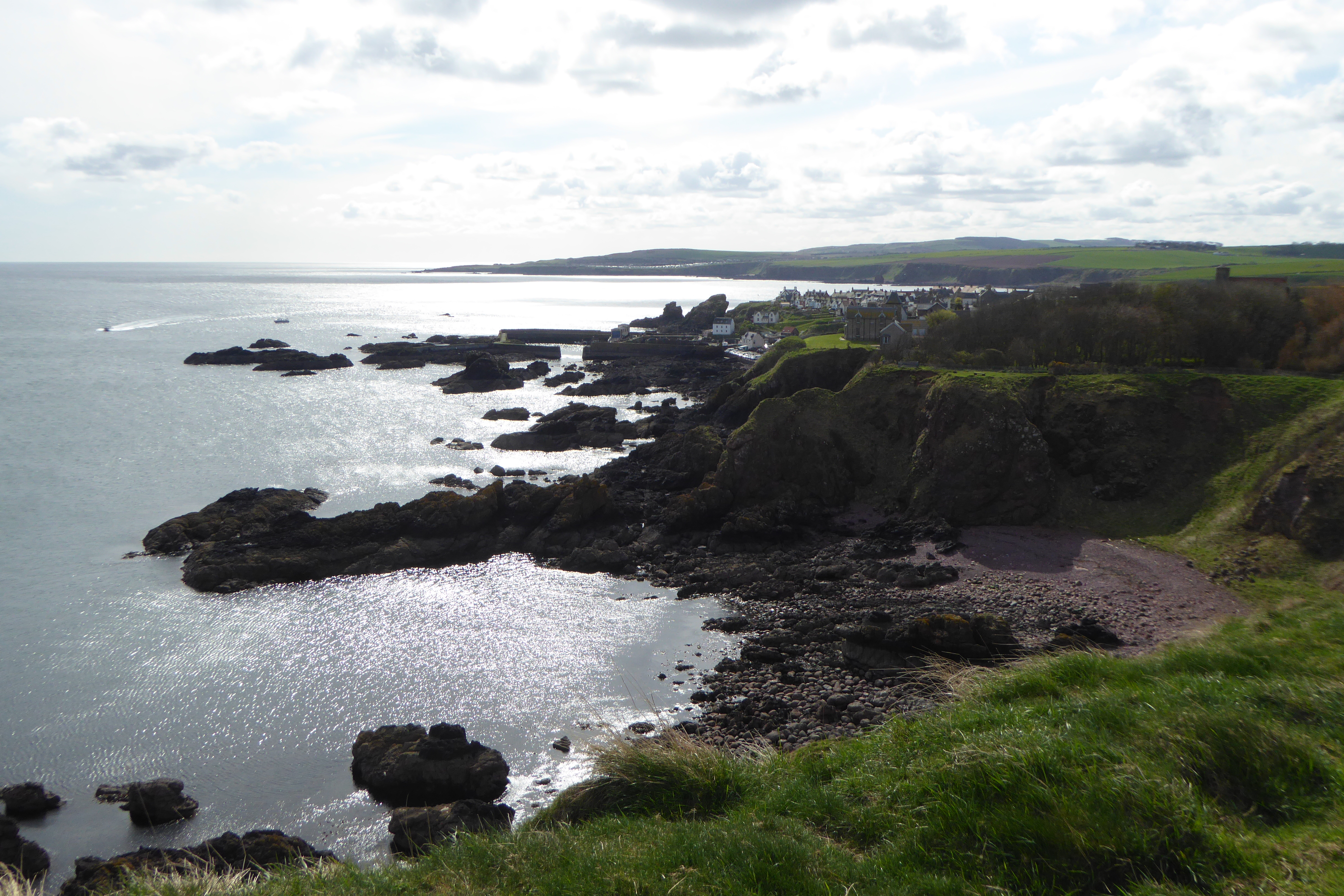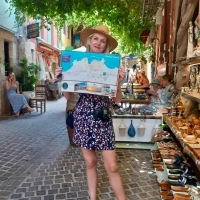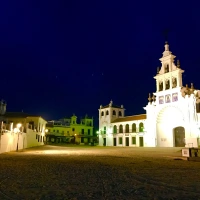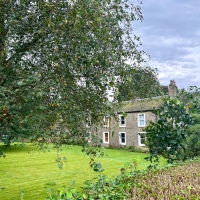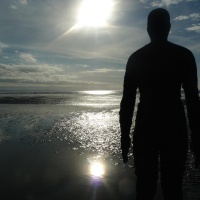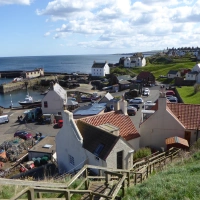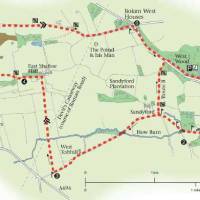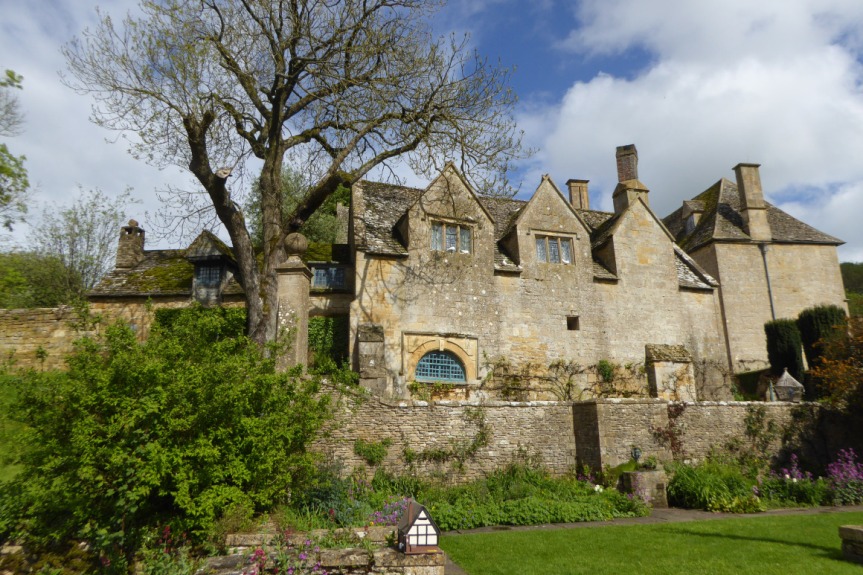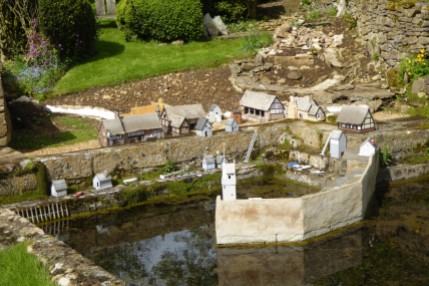
St Abbs is a strong contender for the title of Scotland’s prettiest village. It lies in a stunning location, nestled on the coast below dramatic cliffs with spectacular views across the sea.
This is a place with something for everyone with its picturesque harbour, spectacular coastal walks, undersea adventures and abundance of wildlife.
Nearby St Abb’s Head is home to one of Britain’s biggest sea-bird colonies which becomes ‘bird city’ during the spring and summer months.
Sea Bird Spectacle

St Abb’s Head National Nature Reserve is one of the most dramatic bird watching locations in Britain. It’s a top place for birdwatchers, nature lovers and walkers with its epic sea views and profusion of wildlife.
The geology is spectacular with sheer cliffs, offshore stacks and narrow gullies which were formed by active volcanoes thousands of years ago. I’d recommend taking the cliff top walk from the National Trust car park at the back of the village from where you can follow the path along the coast.
Along the cliff tops you’ll discover the ‘sea bird city’ which is home to thousands of guillemots, razorbills and kittiwakes. They nest in their hundreds on the high cliffs to avoid predators during the breeding season. It’s a bit like the arrivals lounge at Heathrow during late spring with birds flying in to grab the best spots for their summer holidays.

There is something overwhelming about the sheer number of birds which crowd together on the cliff edges and rocky crevices. There’s huge competition between the birds to bag the best spots, resulting in a few spats and angry bird behaviour!
On my recent trip, I saw thousands of guillemots nesting on the rocks whilst fulmars balanced precariously higher up on the grassy edges and in crevices around Hopes Heugh.
Shags and herring gulls can be seen in large numbers, but tend to favour the lower, flatter rocks for nesting, especially those around Horsecastle Rocks and Black Gable.

Another great spectacle is the sight of white gannets moving along the coastline. You’ll see them swooping down into the sea to catch fish. They’re easy to see because these fishing superstars have bright white plumage and a six-foot wing span. They’re fast and agile but are easily recognised by their distinctive wing beats and powerful but effortless, gliding motion.
The gannets are brilliant white in colour with a yellowish head and black wing tips. Their faces are framed by fine black lines around their beaks and eyes.
The birds can tuck in their wings in and plunge out of the sky, diving down to the sea for food at speeds of up to 60 mph. The dive can take them 15 metres under the water. Once submerged, the birds grab a tasty fish dinner with their serrated beak, only eating it when they’ve surfaced.

From late May, St Abb’s Head is one of the best places in Scotland for puffin watching. The puffins use crevices in the cliff face to lay their eggs and raise their chicks or ”pufflings’.
You’re guaranteed to see the cute, brightly coloured puffins everywhere you look – on land, at sea and whizzing through the air. Look out for the puffins flying with sand eels in their beaks as their short, stubby wings propel them at great speed back and forth to and from their nests.

Around the Lighthouse
The St Abb’s Head lighthouse is one of the most striking landmarks on the coastal walk along the cliff tops. It was built in 1862 and was once manned by three keepers until automation took over in 1994. Today it’s a great vantage point for bird watching and wildlife with panoramic views along the coast.
The rocky reefs off St Abb’s Head are rich in animal and plant life under the sea which makes this marine reserve an attractive spot for divers.

If you don’t fancy taking a diving trip, a touch of sea watching with binoculars can be incredibly rewarding.
I spotted a pod of three dolphins or harbour porpoises swimming close to the coastline, a real thrill but a relatively common sight in these waters.
Walk the Walk

One of the great things about the St Abb’s coastal walk is that there’s the option of dipping inland to look at a different type of scenery which is gentler and flatter.
Away from the cliff’s edge, Mire Loch is a good place for bird watching where you’ll see swans, coots and ducks. It’s very quiet so if you stand still long enough, the shy woodland birds will start posing on twigs and tree tops. Listen for the sound of the willow warbler, the opera star of the bird world.
The circular loop around the lake is around 1/2 mile long but it’s worth looking in the surrounding woodland to see and hear birds like chiffchaffs, warblers and lesser white-throats. On a summer’s day, there’s a good chance of seeing damselflies and butterflies.

In summer a carpet of wildflowers covers much of the rocky grassland including sea pinks, rock rose, wild thyme and purple milk vetch.
Slightly closer to the cliff top path, on Coronation Meadows, there’s a chance that you’ll spot the rare Northern Brown Argus butterfly in July. I’ve still never seen this elusive species but I’m told that the best place to spot them is near rock roses.
Look out for migratory birds in sheltered inland spots including another summer visitor, the wheatear, popping around the grassland at the back of the cliffs.
Down in the farmland near the end of the walk, you can enjoy watching the sheep with their lambs in the spring. On my trip, I saw a sheep giving birth to two youngsters who popped out looking a little dazed and wobbly on their legs.
Historic Harbour

The remote fishing village of St Abbs is named after Aebbe, a 7th Century Northumbrian princess , who struggled ashore after being shipwrecked. She’s most famous for founding a nunnery here.
The monastery burned down after her death so there are very few traces of it today… but the story of the saint endures.
Saint Cuthbert was a visitor to the monastery and apparently spent contemplative nights immersed in the sea. It must have been a bracing experience because the sea here is never very warm, even in summer!

St Abbs is a hot spot for scuba divers. The sea is unusually clear and there is spectacular underwater scenery on the Marine Reserve which was established in 1984.
The double arch of Cathedral Rock is close to the shore whilst several small, rocky islands, including Big Green Carr, Little Carr, and Broad Craig lie close to the harbour and can be circumnavigated underwater.
For less adventurous folk, there are plenty of bars and small cafes where you can gaze out to sea and relax on a sunny day. The St Abbs visitor centre in the heart of town is worth a quick look, especially its historic displays. There’s also a National Trust nature centre and museum near the start of the coastal walk to St Abb’s Head.

Lifeboat to the Rescue
Overlooking the sea front, the lifeboat station is well worth a trip. It was established in 1911 following the sinking of the S.S. Alfred Erlandsen and today it is run as an independent venture.

The station was once run by the RNLI but following its closure in 2015, the local community grouped together to save it using public donations, sponsorship and funding.
The hero of the hour was the man behind the Tunnock’s teacakes company. He bought the new lifeboat and helped the station to reopen in 2016.
Today, you can take a look at the boat and speak to volunteers who are keen to share their experiences. Kids love it – like this youngster (my partner Tony) who enjoyed imagining that he could drive the lifeboat!

The lifeboat station also provides a great vantage point for watching the comings and goings of fishing boats and pleasure craft leaving and returning to the harbour. There’s always something interesting going on.
I was fascinated by the crab baskets which line the harbour side. Crabs, lobsters and other seafood are big business here for the local fishing community. The fishermen use the traditional method of laying baited pots or ‘cribs’.
If you fancy trying the local produce, take a trip to one of the harbour front cafes which specialise in crab sandwiches and sea food. It’s fish lover’s heaven.

St Abbs is one of my favourite places on the Scottish east coast. Although the picturesque village is worth a trip in its own right, it’s the bird spectacle that steals the show.
If you’re a nature lover, this is one of THE places to visit for a spring and summer break. But don’t forget your binoculars and your sub-aqua kit if you really want to delve deep and see the very best of Berwickshire’s wildlife.
Tammy’s Travel Guide – St Abb’s Head & St Abbs

St Abbs is located on the Berwickshire coast in south-east Scotland just off the A1 – it’s a couple of miles north of Eyemouth. You can find useful information about where to stay, restaurants and local services on the village’s official website
There is a good selection of leaflets about attractions and walks on the St Abbs visitor centre website – these are downoladable.
For nature lovers, I can recommend the St Abb’s Head Discovery Trail along the top of the cliffs to the lighthouse and beyond. The two-mile trail takes around 90 minutes to walk along moderate terrain with some steep sections. Those who want a leisurely walk can take the Lighthouse Loop, a one mile circular walk with some steep slopes.

The best time to go bird watching and get great views of the sea-birds is summer between May and August. Most of the breeding birds arrive at their colonies from February and leave in August and September, although the puffins tend to be a little late from May onwards.
The Berwickshire Coastal Trail runs through St Abbs if you are into longer distance walks. It takes two-four days and the route also runs through Eyemouth, Fast Castle (with its ruins) and Coldingham.

St Abbs harbour is the starting point for many great adventures from sea angling and sub-aqua diving to sightseeing boat trips along the coast. Coldingham Bay, just south of St Abbs, is a sandy beach which is popular with surfers. If you’re a surf dude, this is the place to head for,
There are plenty of accommodation options from holiday cottages to small B & Bs and motor home/caravan sites on the edge of the village and in nearby Coldingham.
